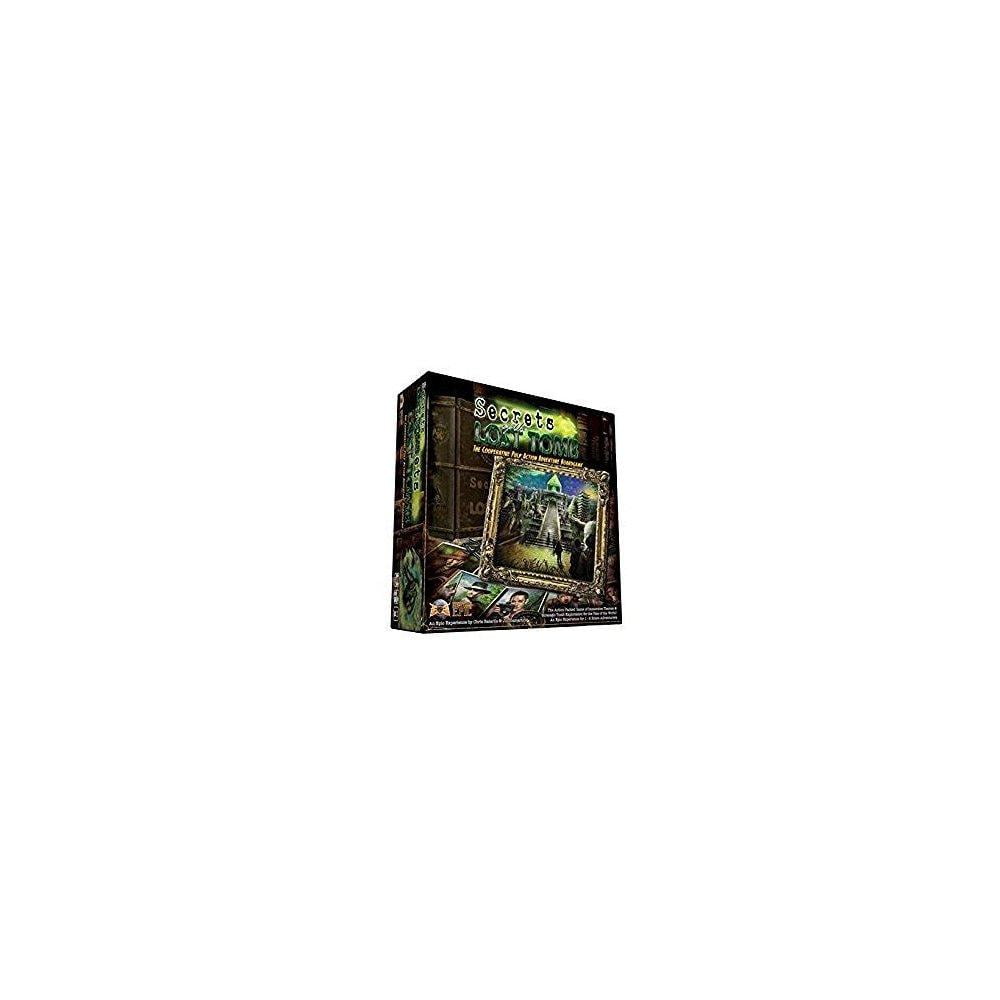

The mess comes in mostly in the content, and specifically the content tied to the setting and storylines. Mechanically, it’s mostly sound and it all works despite some truly WTF design level decisions like using double-faced D12s instead of D6s and a couple of needlessly bothersome elements like this terrible searching thing where you have to turn this token every time you search because it “gets more dangerous” or something. The included scenario book includes some very novel situations like aforementioned bit with Ben Franklin and some challenging, detailed adventures with several fun surprises.īut this game- which comes packed in a ten pound box packed to the gills with tokens (eight punchboards’ worth), cards and novelty components like these awful stat trackers that are lain over the characters cards- sorely, desperately needs a sense of focus. The scenario design is quite good and steers well clear of the usual repetitive monster-bashing of many dungeoncrawlers. There are lots of fun traps and it definitely generates a sense of exploration.

It’s a neat way to do the psychological element and tie it to a character’s abilities. I really like how there is no levelling up, instead your character unlocks abilities or actually loses them based on their Courage.

There are some qualities about it that it does exceptionally well. I have no doubt that designer Chris Batarlis has played and loves all of these games, and I can’t fault the guy for trying to come up with his own, spirited version of these kinds of designs- and with a fairly unique high level concept to boot. And there are also certain conditions and story effects that cause players to switch sides, which was that game’s hallmark. There’s even the “underground lake” weirdness that players of Betrayal’s first edition will recognize where some features shouldn’t logically be on some floors, like watchtower one floor below the first. As for its resemblance to Betrayal at the House on the Hill, the way the dungeon is laid out with multiple floors is almost identical, with some rooms only occurring at certain levels. Adventure and Misadventure cards play out almost exactly as they do in the above games and are written in a very similar style. Monster-fighting involves both actual combat and a psychological element. There are condition cards that often have knock-on effects later in the game.

Fives and sixes are successes, you roll X dice where X is the stat being checked. If you’ve played Arkham Horror, Eldritch Horror, and/or Mansions of Madness you have played at least 90% of this game’s design, even though it refocuses the gameplay to a dungeoncrawl format- which is actually pretty cool despite the uncomfortable similarities. But more specifically, this game borrows liberally and almost uncomfortably from Fantasy Flight’s line of Lovecraftian horror games as well as Betrayal at the House on the Hill. The monster-busting secret society/tomb raiding organization that the characters belong to is an lot like the BPRD from Hellboy. References to Indiana Jones and Alan Quatermain are checked off, and the merchant from Resident Evil 4 makes a guest appearance (the “whaddaya buyin’?” dude). It’s all gonzo pulp, all the time, that wears its influences on its sleeves. Oh, and you might meet Dracula and Blackbeard along the way.
Secrets of the lost tomb core scenario book code#
It features a setting in which it totally makes sense that Teddy Roosevelt would lead an expedition into a subterranean Masonic lodge to decipher a code left by Ben Franklin that can be used to awaken and control a giant monster that helped the Colonies to win the Revolutionary War- one that is spoiling for a rematch with the giant monster that fought on Britain’s side. Everything Epic’s maiden release, Secret of the Lost Tombs, is a hybrid of the dungeoncrawl and narrative-oriented adventure genres, a combination that isn’t as common as you might think given how overpopulated both types of games are these days.


 0 kommentar(er)
0 kommentar(er)
